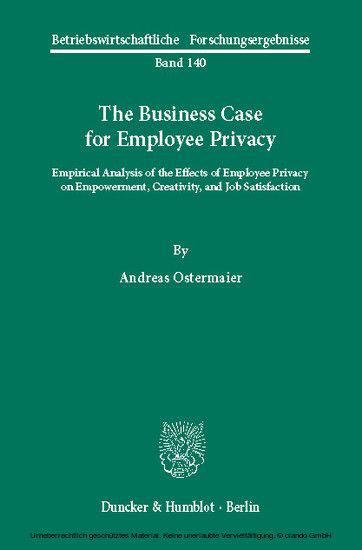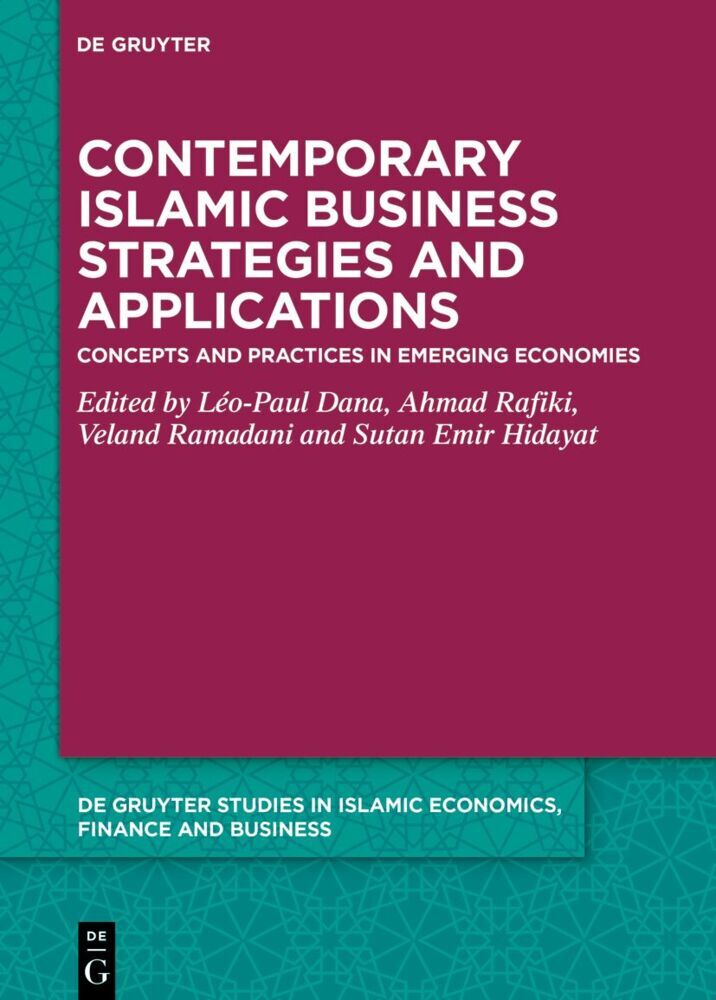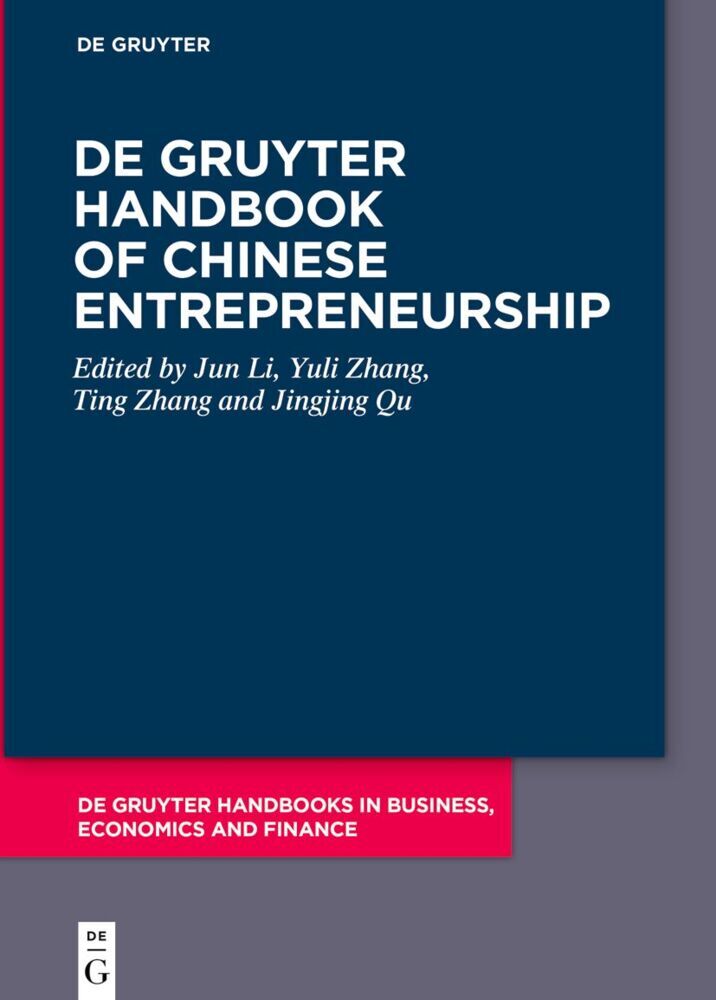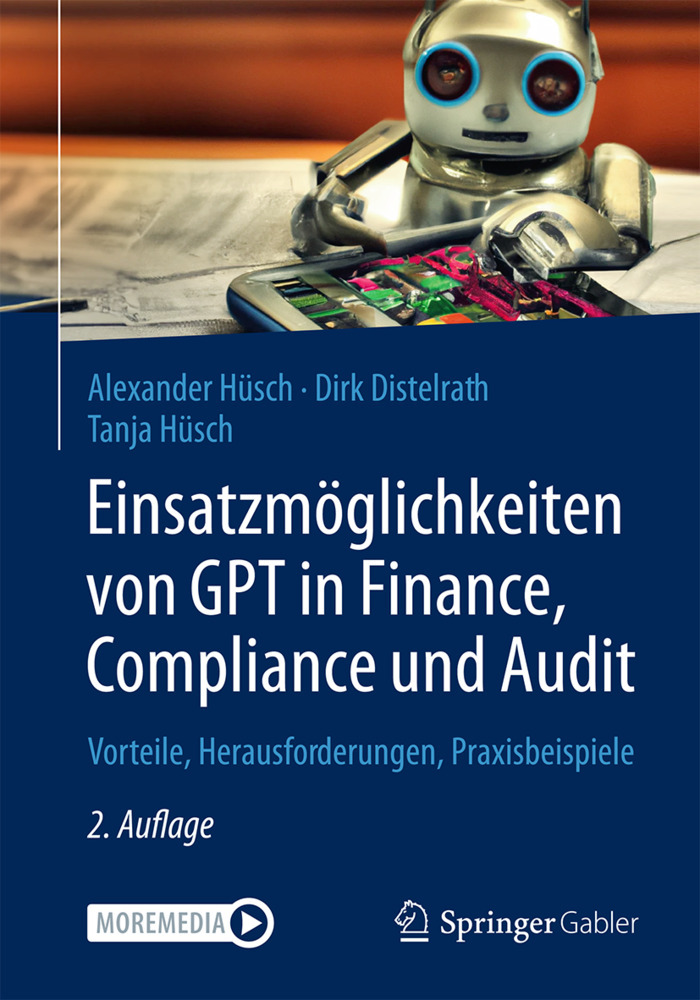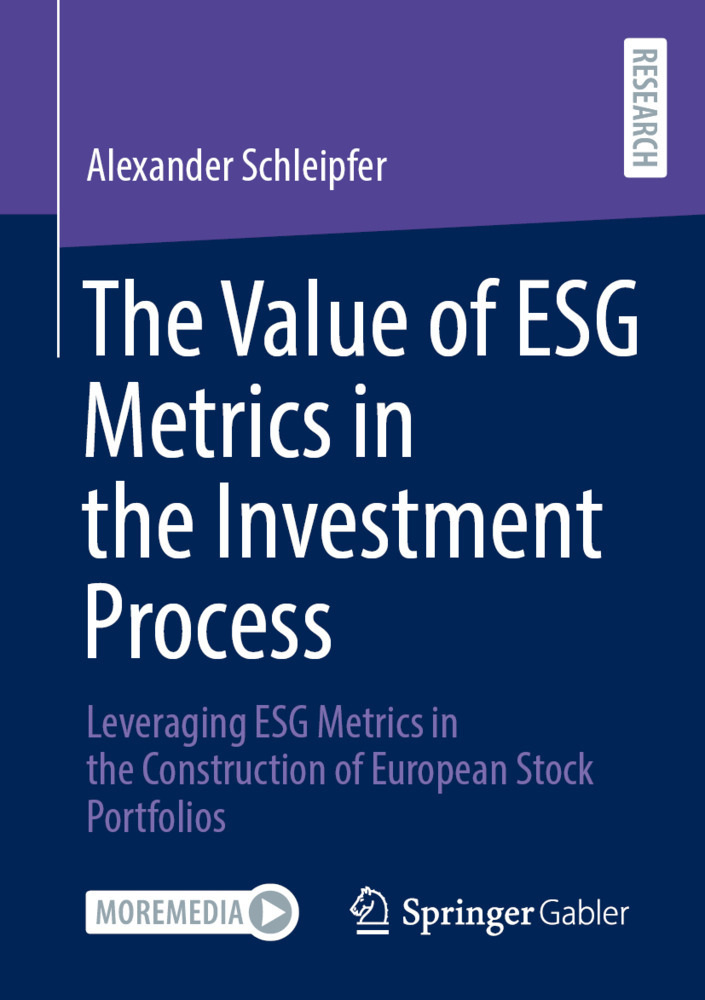The Business Case for Employee Privacy.
Empirical Analysis of the Effects of Employee Privacy on Empowerment, Creativity, and Job Satisfaction.
Privacy poses a challenge to companies, which strive to strike a balance between economic interests and moral obligations. Employees claim their right to privacy, but economic reasoning seems to warrant restrictions of employee privacy, since less privacy means more control. However, is there really a conflict between privacy and profit? In his study Andreas Ostermaier investigates effects of employee privacy that are in line with company interests and thus might resolve the conflict between privacy and profit. Specifically, the author investigates how intrinsic motivation, creativity, and job satisfaction are related to privacy. It turns out that employees who can achieve as much privacy as they desire are more motivated and more satisfied with their job. The study contributes to the ongoing debate about privacy in organizations as well as society at large. It introduces a measure to quantify the manifold aspects of privacy and finds support for positive effects of privacy, but also shows that these effects are not obvious. The study is therefore a first step toward making the business case for employee privacy.
Andreas Ostermaier is a postdoctoral research fellow at Technische Universität München. His research interests include accounting, organizational behavior, and business ethics. He graduated from the Universities of Passau, Strasbourg, and Munich with degrees in International Cultural & Business Studies, International Relations, and Business Research, and earned his doctoral degree in business administration from the University of Munich.
Andreas Ostermaier is a postdoctoral research fellow at Technische Universität München. His research interests include accounting, organizational behavior, and business ethics. He graduated from the Universities of Passau, Strasbourg, and Munich with degrees in International Cultural & Business Studies, International Relations, and Business Research, and earned his doctoral degree in business administration from the University of Munich.
1;The Business Case for Employee Privacy;16 1.1;The Ethical Challenge of Employee Privacy;16 1.2;An Analytical Approach to the Privacy Challenge;17 1.3;Making the Business Case for Employee Privacy;19 2;Conceptualization of Employee Privacy;22 2.1;The Relationship between Privacy and Control;22 2.2;The Balance between Achieved and Desired Privacy;24 2.3;Perceived vs. Objective Privacy;27 2.4;Privacy Regulation Behaviors;29 2.4.1;Control over the Environment;29 2.4.2;Control over Communication;30 2.4.3;Control over Personal Information;32 2.4.4;Control over the Work-Life Boundaries;33 3;Development of a Measure of Employee Privacy;38 3.1;The Development of Measures;38 3.2;Development of the Initial Items;40 3.2.1;Items for Control over the Environment;40 3.2.2;Items for Control over Communication;41 3.2.3;Items for Control over Personal Information;43 3.2.4;Items for Control over the Work-Life Boundaries;44 3.3;Validation of the Measure;46 3.4;Final Measure of Employee Privacy;48 4;The Effects of Privacy on Creativity and Job Satisfaction;52 4.1;Privacy and Creativity;52 4.1.1;Creativity as an Objective of Companies;52 4.1.2;The Effect of Privacy on Creativity;53 4.2;Privacy and Job Satisfaction;56 4.2.1;Job Satisfaction as an Objective of Companies;56 4.2.2;The Effect of Privacy on Job Satisfaction;57 4.3;The Mediating Effects of Empowerment;59 4.3.1;The Concept of Empowerment;59 4.3.2;The Effect of Privacy on Empowerment;60 4.3.3;The Effect of Empowerment on Creativity;62 4.3.4;The Effect of Empowerment on Job Satisfaction;64 4.4;The Control Variables and their Effects;66 4.4.1;Choice of the Control Variables;66 4.4.2;Person-Related Effects;67 4.4.3;Job-Related Effects;69 4.4.4;Context-Related Effects;70 5;Empirical Test of the Effects of Privacy;76 5.1;Research Setting, Participants, and Procedures;76 5.1.1;Research Setting;76 5.1.2;Participants;77 5.1.3;Procedures;81 5.2;The Measures;83 5.2.1;The Measure of Creativity;83 5.2.2;The Measure of Job Satisfaction;86 5.2.3;The Measure of Empowerment;88 5.2.4;The Measure of Creative Potential;89 5.2.5;The Measure of Motivating Potential;91 5.2.6;The Measure of Climate for Creativity;94 5.2.7;The Measures of the Manifest Variables;95 5.3;Statistical Procedures;98 5.3.1;Choice of the PLS Approach;98 5.3.2;Evaluation of Reflective Measurement Models;100 5.3.3;Evaluation of Formative Measurement Models;101 5.3.4;Evaluation of the Path Model;103 5.4;Results of the Empirical Analysis;105 5.4.1;Evaluation of the Measurement Models;105 5.4.2;Evaluation of the Structural Model;111 5.4.3;Analysis of Moderating Effects;117 5.4.4;Test for Common Method Variance;124 6;Discussion of the Results;126 6.1;Summary of the Results;126 6.2;Limitations and Implications for Research;128 6.3;Managerial Implications;131 7;Appendix: Statistics and Tests;134 7.1;Test of psa and csv for Significance;134 7.2;The Sobel Test for Mediation;134 7.3;Test for Moderation;135 8;Appendix: Tables;136 8.1;Correlations between the Privacy Items;136 8.2;Indirect and Total Effects;136 9;Appendix: German Questionnaire;138 10;Appendix: English Questionnaire;148 11;Bibliography;154 12;Index;176
Ostermaier, Andreas
| ISBN | 9783428538263 |
|---|---|
| Artikelnummer | 9783428538263 |
| Medientyp | E-Book - PDF |
| Copyrightjahr | 2013 |
| Verlag | Duncker & Humblot GmbH |
| Umfang | 177 Seiten |
| Sprache | Englisch |
| Kopierschutz | Digitales Wasserzeichen |

